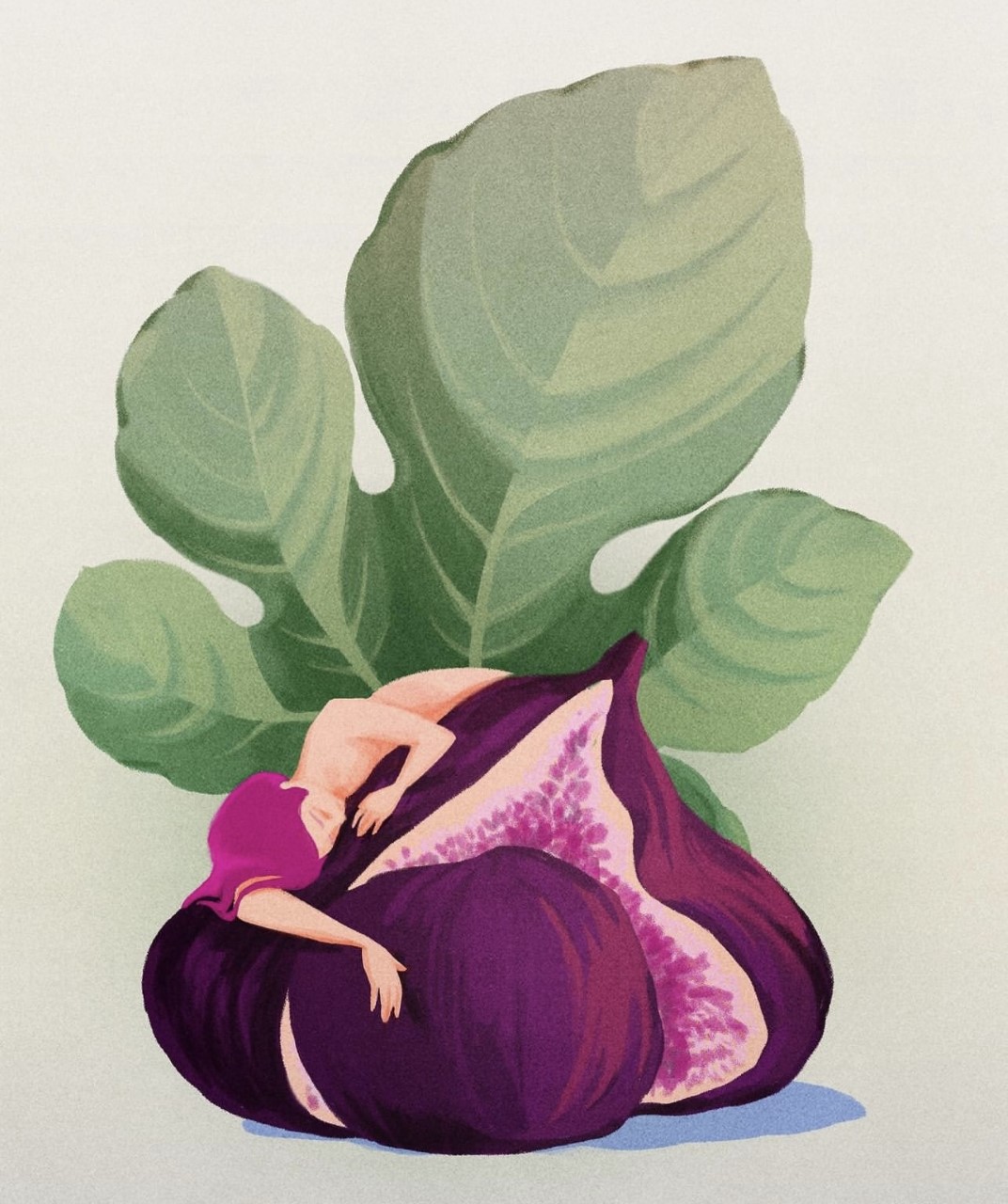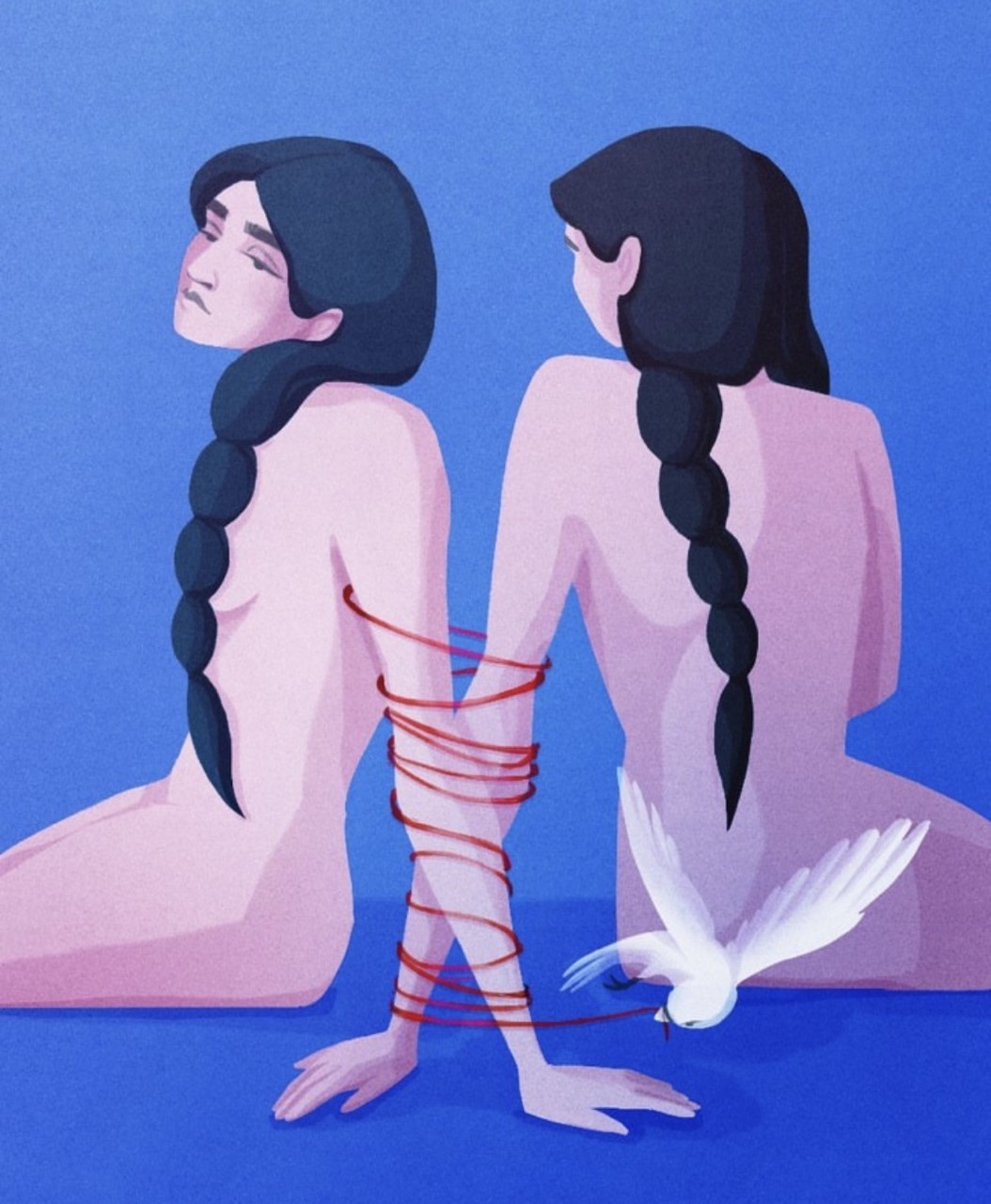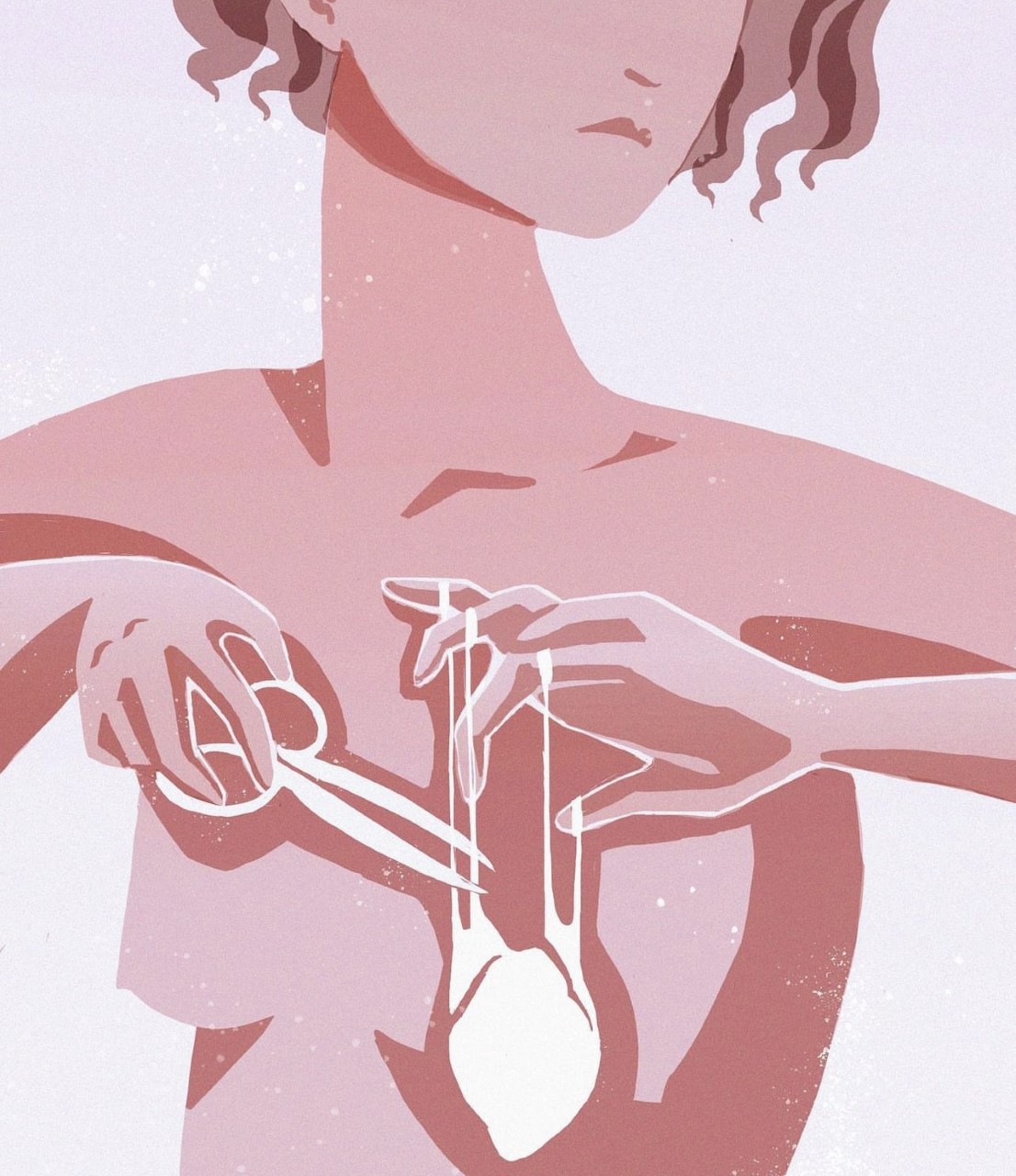Tok Tok

Fidan decided to talk to Aydan.
Aydan Hasanova is a Master’s student majoring in Design History and Cultural studies at Seoul National University.
First of all, I’d like to introduce you to our class. Can you tell us about yourself quickly, specifically your childhood and later on academic background?
I’m Aydan Hasanova, I was born in South Africa in 1998. My family moved back to Azerbaijan when I was 3. I grew up in Baku. I remember my childhood being very fast paced and linguistically challenging – learning Azerbaijani, Turkish and a bit of Russian all around the same time. I moved out in 2016 for my BA in graphic design and art direction at NABA in Milan, Italy. I later came back to Baku during the pandemic and have since been freelancing. I did an Associate’s degree in frame-by-frame animation at Vancouver Film School in 2020. I am currently pursuing my MFA at OCAD in Toronto, researching cultural identity with a feminist perspective on Soviet Azerbaijani cinema. My artistic practice spans from graphic design, illustration, animation, and installation.
Speaking about childhood, do you think that the dreams when you were a kid led you to the profession you have now?
I’ll give the cliché answer and say that I have been drawing since I was a child. I used to draw cartoon characters (I was obsessed with winx club and sailor moon like every other kid) a lot. At the time, I didn’t have any dreams of being an artist per se. I just liked drawing and crafts, and did it all the time. Looking back, I can notice that all the small creative acts culminated into what I do now and am continually interested in. I definitely couldn’t have foreseen the different avenues and continually growing potentials of what I do now.
I’ve heard people say that we, artists, signers, musicians should not wait for inspiration to find us. Do you agree with this statement? Is inspiration crucial when you are working?
Yes, I believe inspiration is a romanticization of creative processes. It’s not that inspiration is not important, but the “waiting” for inspiration to spontaneously happen is simply not true. Some form of routine, knowing what sources you’re inspired from and habitually visiting these sources is very important. A lot of the work artists and designers do have varying degrees of commissioning, criteria, deadlines and problems/issues to work on. I think that knowing how to problem-solve than “waiting” for inspiration to happen is a healthier approach.
What makes a good designer?
I find that having interests outside of your specific field that feed your thinking makes a good designer. This can be interest in cinema, fine arts, science, astronomy, biology, hiking, climbing, history, politics, psychology etc. I find that when you’re continuously curious about observing and understanding surroundings that are beyond your community can be greatly impactful and bring about fascinating connections.
Do you think that environment we surround ourselves by plays role when it comes to work of creating something?
I do think so. We are informed by what we surround ourselves with and the perspectives it gives. I’ve moved quite a few times, and each new geography and culture has informed my thinking. Even in the literal sense of environment, this can be about creating safe and nurturing spaces and to allow for peaceful creation.
If there would be any piece of motivation you could pass onto design students, what would it be?
To be open to change and allow for your creative practices to shift, grow, multiply, change and take you in directions that you had not initially thought of.



